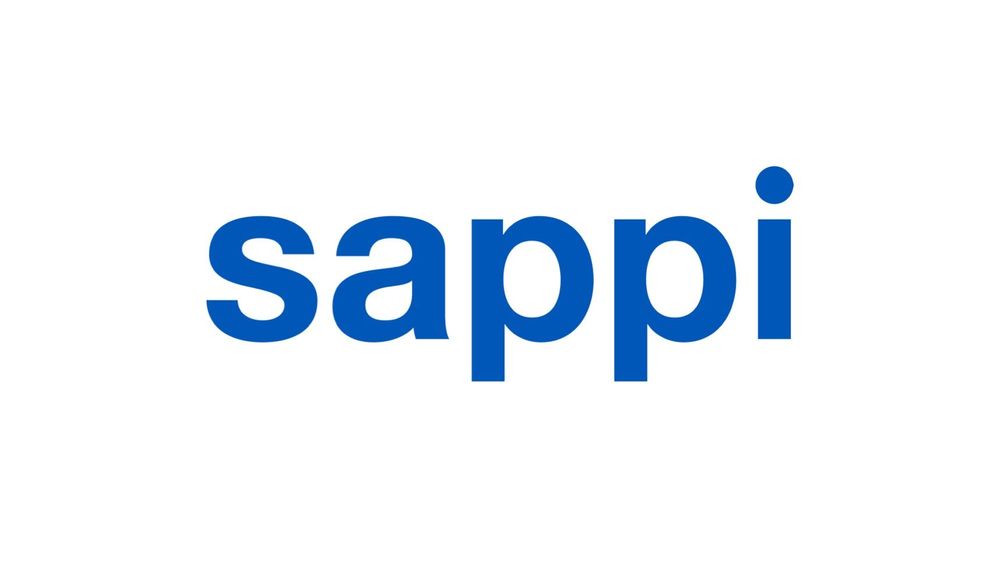Sustainability Report 2013: Water Usage in Papermaking
Be sure to check out this new infographic on water use in papermaking.
While access to water is an issue of global concern, it is critical to recognize local, site-specific resources. At Sappi, we derive 100% of our process water from surface sources and return over 90% of it to the same, or nearby, sources. Water is used in all major manufacturing stages and to generate steam for use in processes and on-site power generation. As with all environmental matters, we also understand that our impact extends beyond our mill gates. Herein we present a holistic view of water usage for papermaking.
Less than 1 percent of the world’s water is easily accessible freshwater and increasing population, urbanization, per capita demand, and pollution damage to supplies will put even greater pressure on these resources. While access to water is an issue of global concern, it is critical to recognize local, site-specific resources. Sappi’s US manufacturing operations are located in regions of little or no water scarcity (Maine and Minnesota).
A macro study on the effects of global warming on water supply and demand in the contiguous United States points out that the three categories of water use with the greatest demand are agricultural use, power plant cooling, and public supply. In the United States, industrial water use makes up 4 percent of total water withdrawals (see adjacent chart). Thermoelectric power (49 percent), irrigation (31 percent) and public supply (11 percent) make up a total of 91 percent of the water withdrawals in the US.
Although the manufacture of pulp and paper is water-use intensive relative to most other industries, the amount of water consumed (i.e., evaporated or exported with products or residuals) represents a small fraction of the overall water used. Approximately 90 percent of the water used by the US forest products industry is returned to surface waters following treatment.
An overview of water use in our operations is depicted in our downloadable image. For more information, readers are encouraged to download our white paper, “Water Use and Treatment in the Pulp and Paper Industry,” by visiting www.na.sappi.com/eQ/insights.html
Read the full SFPNA Sustainability Report 2013 by downloading an online PDF version directly from our website here.



